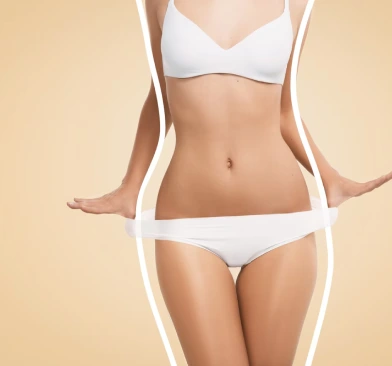Beat the Heat! The Prickly Heat!
What is prickly heat?
Prickly heat is an uncomfortable itchy condition that happens when sweat becomes trapped under the skin. Prickly heat is also called “sweat or heat rash” or ‘miliaria crystalline. Children are more affected than adults because their sweat glands are not yet mature and are still developing.
Symptoms
The symptoms of prickly heat include red bumps and itching that can occur in any area where sweat has been trapped underneath the layers of your skin. Neck, shoulders, and chest are the most common areas for prickly heat to appear. Folds of the skin and places where clothing rubs your skin are areas where prickly heat might occur. The area of irritation sometimes react right away, or it might take a few days to fully develop on your skin.
Causes and triggers
Hot weather, particularly in conjunction with humidity, is the most common trigger for prickly heat rash. The body makes sweat to cool off your skin. When you sweat more than usual, your glands can become overloaded. The sweat ducts may get blocked thus, trapping the sweat deep underneath your skin, or the sweat may leak through layers of your skin close to the top layer and get trapped there. It is possible to get prickly heat at any time of the year, but it is most common in the warmer months. If left untreated or if good hygiene is not maintained then it might become secondarily infected with a bacteria.
Prevention
In the summer months, it is important to keep yourself well hydrated by drinking plenty of fluids and avoiding intense exposure to higher temperatures for prolonged periods. Also, bathe often and wear loose cotton clothing. To prevent any infections from developing it is necessary to maintain a good hygiene and cleanliness. Adding small volumes of liquid disinfectant to the bathing water is a good choice. Avoid strenuous physical activity in hot, humid environments. Heat rash is commonly caused by exercise when you have a higher body temperature and that creates a lot of sweat. If you feel a rash emerging, take a break and cool off the area by being in a cool and well-ventilated space.
Treatment and remedies
- Have a cool bath and add a liquid disinfectant to the bath water.
- Let the water air dry, do not pat dry with a towel.
- Be in an air-conditioned room, or position a fan so that a gentle breeze blows over the affected area.
- Give cool compresses often throughout the day.
- Avoid occlusive creams or ointments that may irritate the skin.
- Dress in soft, lightweight, cotton clothing to help absorb moisture.
- Apply calamine lotion liberally, this will have a soothing effect on the skin.
- If the rash is severe, check with your doctor if he might want to prescribe a hydrocortisone cream or a dusting powder.
When to Seek Medical Care for Heat Rash
If the rash is not improving or resolving with the home treatments described or becomes worse after several days, the patient should see a physician to be sure there is no bacterial infection or other cause for the rash. If the rash is accompanied by other significant symptoms (fever, dizziness, chest pain, shortness of breath etc.) the person should seek medical care.
SCO- 19, Huda Market Road, Sector 15 Part 2,
Market Gurugram, Haryana 122001, India.
Clinic Timing: Monday - Sunday: 9:00 AM - 8:00 PM
Phone: +91-9868649805 | +91-9810652808 | +91-8042302681
Email: info@citrineclinic.com



